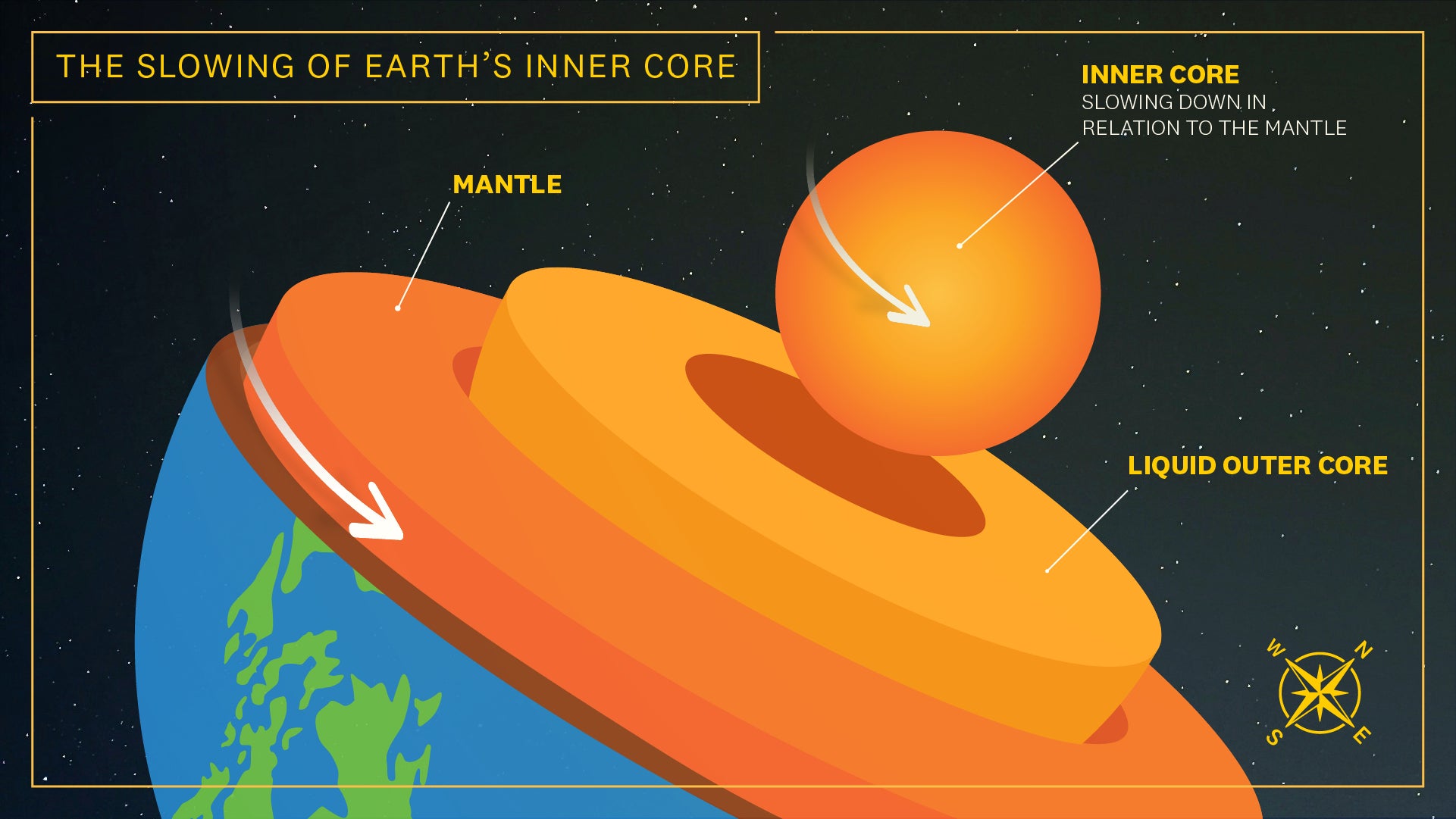We need a giant subterranean drilling machine to travel to the core and restart the rotation with a bomb.
It would have to be made out of something crazy like unobtainium…
(Fun fact- The rubber used on Oakley sunglasses is actually called unobtainium.)
nice

A series of bombs!
 are we gonna see a polarity flip and just get demolished by solar radiation?
are we gonna see a polarity flip and just get demolished by solar radiation?They laughed at my tinfoil hat. We’ll see who has the last laugh!
One can only hope!
The implications of this change in the inner core’s movement for Earth’s surface can only be speculated. Vidale said the backtracking of the inner core may alter the length of a day by fractions of a second: “It’s very hard to notice, on the order of a thousandth of a second, almost lost in the noise of the churning oceans and atmosphere.”
The USC scientists’ future research aspires to chart the trajectory of the inner core in even greater detail to reveal exactly why it is shifting.
“The dance of the inner core might be even more lively than we know so far,” Vidale said.
In the early days, humanity was in awe of the Earth’s bounty. They tapped into its veins, extracting oil and gas to power their machines and fuel their progress. The planet’s crust was mined for minerals, its forests felled for lumber, and its oceans ravaged for fish.
As time passed, the pace of extraction accelerated. The once-pristine air grew thick with pollutants, the waters became choked with waste, and the land was scorched by wildfires. But humanity couldn’t resist the allure of growth and profit.
They dug deeper, piercing the Earth’s mantle, releasing ancient carbon into the atmosphere. The planet’s temperature began to rise, but still they drilled, pumped, and mined. The warnings of scientists were ignored, their cries of “peak oil” and “climate change” drowned out by the din of progress.
One day, the Earth’s core began to slow its rotation. The magnetic field that protected the planet from the solar winds started to weaken. The once-stable atmosphere grew thin, allowing the harsh radiation to seep in.
As the planet’s lifeblood dwindled, the consequences became impossible to ignore. Weather patterns turned extreme, storms intensified, and droughts lengthened. The oceans, once teeming with life, began to boil away, their waters evaporating into the dry air.
The manetosphere, the delicate balance of gases that sustained life, grew weaker by the day. The solar winds howled through the gaps, stripping away the atmosphere’s protective layers. The surface temperature soared, baking the remaining life forms into extinction.
In the end, it was as if humanity had sucked the very essence out of the Earth. The once-blue skies turned a sickly yellow, and the air reeked of ozone and death. The planet’s final breaths were labored, its core now still, its magnetic field a faint whisper.
The last remnants of humanity huddled in underground bunkers, awaiting an end that was both inevitable and agonizingly slow. As the atmosphere dissipated, the solar winds ravaged what remained, scorching the barren landscape until it resembled the desolate wasteland of Mars.
In the silence, the Earth’s corpse lay still, a testament to humanity’s unrelenting greed. The once-thriving planet was now a husk, drained of its lifeblood, its beauty lost forever.
Ah jeez, I saw a documentary about this. They sacrificed a black guy and I think Steven Tyler was there.










